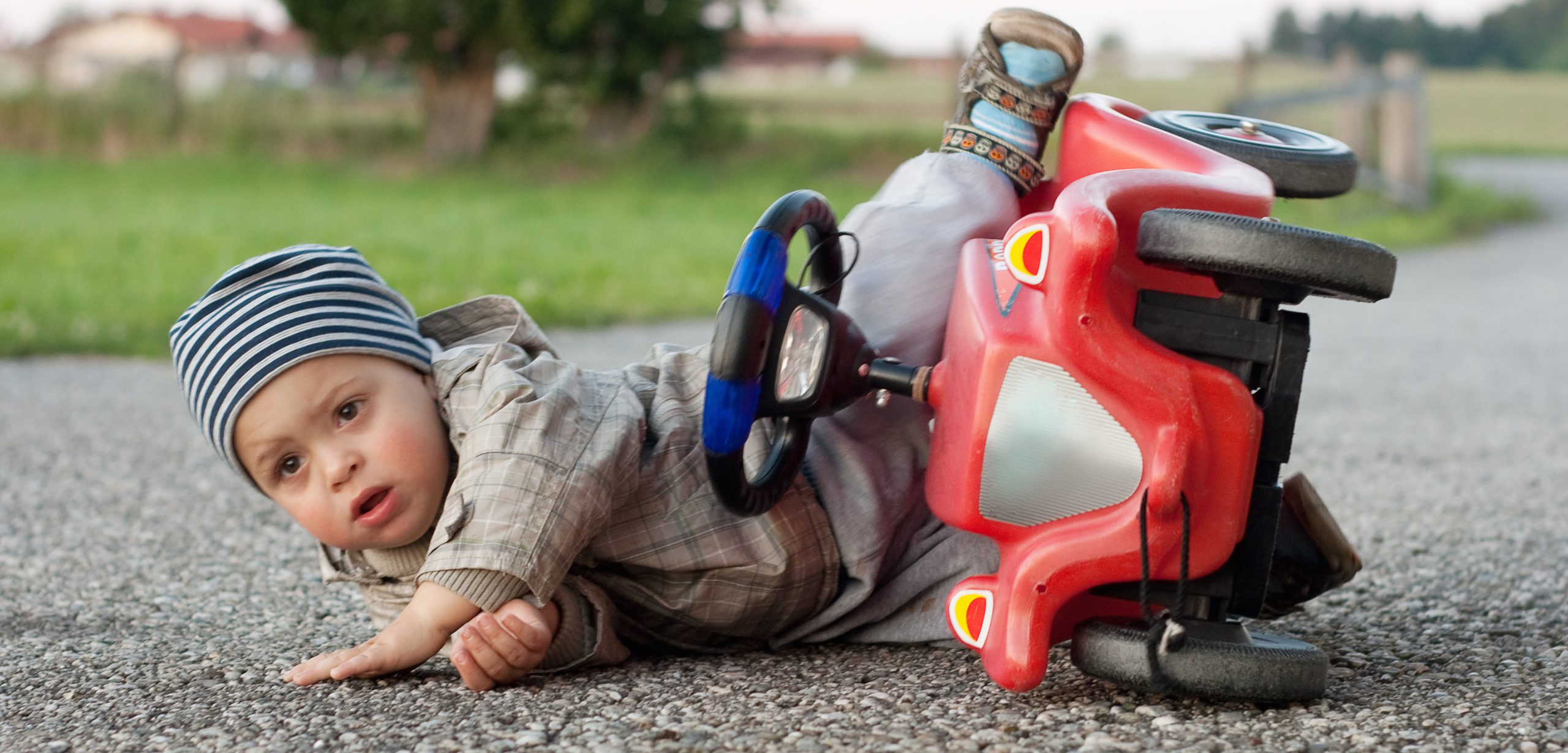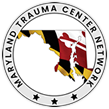If you have kids then you know – accidents happen. And while falling down is a part of growing up, unintentional falls are also the leading cause of non-fatal injuries in children in the United States. Falls can also occasionally lead to more serious long-term consequences, disability and even death.
“Falls are the cause of most injuries that we see at our trauma center,” says Randall Burd, M.D., Ph.D., chief of the Division of Trauma and Burn Surgery at Children’s National Hospital and pediatric surgeon. “Most of these can be prevented by following simple prevention measures.”
You can minimize your child’s risk of falling by taking into account your child’s age and activities, and better understanding these common types of falls.
INFANT FALLS FROM BEING DROPPED
Infants experience the greatest fall risk when being carried or supported by others, and are at high risk from head bleeds and injury when dropped. Fall prevention for babies relies mainly on strategies related to those holding them. When holding your baby, avoid holding other items such as heavy bags. Always be aware of your surroundings, pay attention to your footing, and use hand railings when walking on stairs.

WINDOW FALLS
With many children becoming homebound because of the COVID-19 pandemic, hospitals are seeing an increase in accidental falls from windows. These types of falls can lead to serious injury or even death. Ensure that windows in the home have screens in place. Windows should also be secured with childproof window stops or window guards that can be easily opened by adults in case of fire. Avoid placing furniture under or near windows that children can climb. Try whenever possible to keep your child away from windows, particularly when on the second floor or higher.
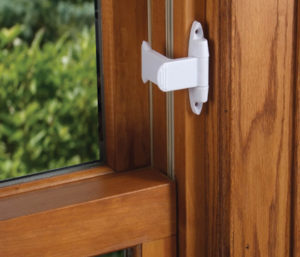
SHOPPING CART FALLS
Trips to the supermarket can also result in falls, particularly from shopping carts. These falls can happen very quickly while the parent is preoccupied. Your child should not be free to play in the shopping cart and should be properly secured in the cart with a belt or tie. Whenever possible, try to keep your child in view while they are in a shopping cart.
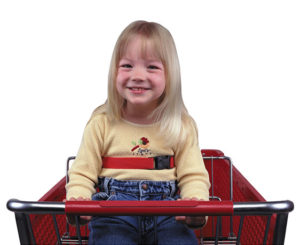
ACTIVITY FALLS
Falls from playground equipment are a top reason for accidental falls in children between 3 and 12 years old. When taking your child to the playground, make sure to look at the type of ground surface and check for any faulty or damaged equipment. If possible, try to select playgrounds with softer surfaces rather than concrete surfaces for playtime activities.
When it comes to sports, make sure your child wears appropriate, properly-fitting equipment and encourage them to always ‘play by the rules.’ Make sure your child wears a helmet for activities like bike riding or rollerblading to prevent head injury.
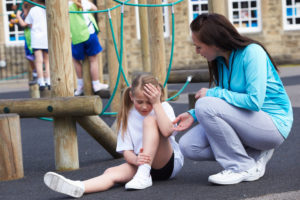
ADOLESCENT FALLS
Falls from slipping, tripping and stumbling are common in adolescents. To reduce your teen’s risk of falling, teach them the importance of being conscious of their environment and minimizing cell phone usage while walking and moving.
EMPOWER YOUR CHILD TO GET HELP
Falls are a common occurrence in children. Teach your child about the most effective way to get help when injured from a fall. “Let your child know to not be afraid to be loud,” says Cindy Colson, M.S.N., R.N., injury prevention and education outreach coordinator at Children’s National. It’s important to teach your child how to call emergency services in the event there’s no one around to help. “If you are scared and there isn’t an adult around, calling 911 is the best thing,” says Colson.
WHEN TO BRING YOUR CHILD TO THE HOSPITAL
If your child has fallen, it is important to know when to seek expert help. If your child is experiencing vomiting, constant headaches, excessive sleepiness, memory lapses, persistent pain, numbness or tingling in their arms or feet, or exhibiting strange behavior after a fall, take them to the hospital immediately. Your child should be evaluated by a medical professional for any fall from three times the child’s height or more than 10 feet.
Colson says that parents are experts in their children and should trust their instincts if they feel that something is wrong after their child falls. “You know your child best. If something doesn’t seem right to you, bring them in.”
If you live in or around Washington, D.C., visit Children’s National for more information on preventing unintentional falls. Outside of Washington, D.C., contact your local Trauma Center for more information on preventing unintentional falls.
Provided by Children’s National Hospital.

